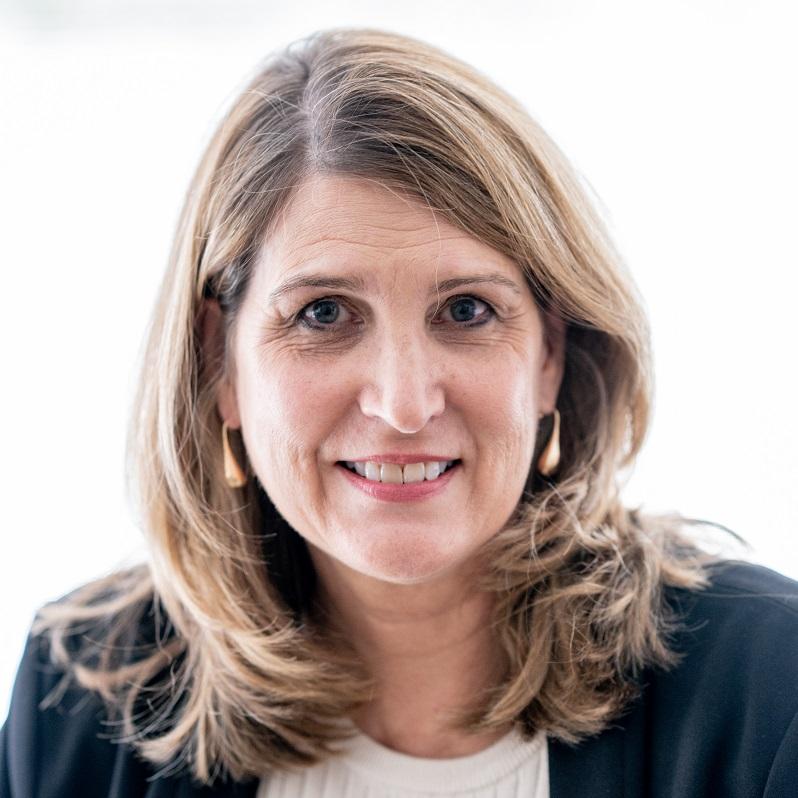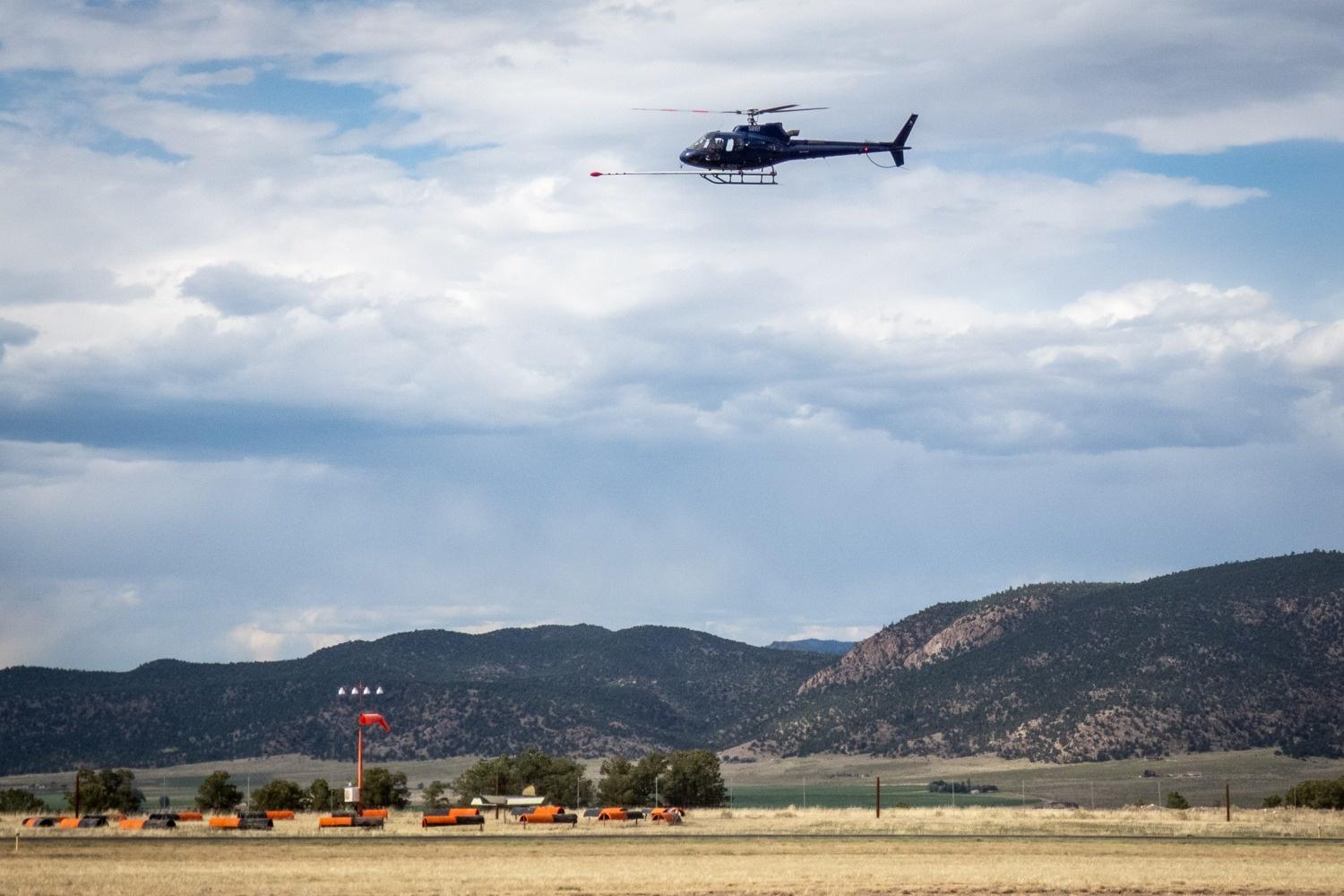
Rebuilding rates after wildfires in 2010 and 2012 across Colorado vary greatly, according to early unpublished research results gathered by the U.S. Forest Service.
Two years after the 2012 Waldo Canyon fire, about 75 percent of people who lost their homes have either rebuilt or applied for permits. But in the same length of time after the Fourmile Canyon fire in 2010 and High Park fire in 2012, just one-third of residents were successful in reconstruction.
The Fourmile Canyon Fire destroyed 169 homes. The High Park Fire burned 259 homes. The Waldo Canyon Fire in Colorado Springs took 346 homes--some located in a densely packed suburban neighborhood.
“Waldo Canyon is a much more urban area. So I think in some ways they had slightly easier logistics in that they were in town,” said U.S. Forest Service Research Scientist Miranda Mockrin, who has interviewed government officials involved in the rebuilding process in Colorado Springs, Boulder and Larimer counties.
In the case of wildfires in more rural areas, High Park Fire Recovery Manager Suzanne Bassinger said lower rebuilding rates may also be related to the new landscape that surrounding homes.
“People are up there for a sense of place--in some instances they like the mountains and seclusion, and it’s changed,” said Bassinger. “It’s burned and different. That might come into play with people’s decision.”
While 2014 was a quiet wildfire year, challenges in the wildland-urban interface aren’t going away. About 50,000 homes are estimated to be at very high risk for wildfire damage, according to a recent analysis by CoreLogic.
U.S. Forest Service Researcher Mockrin said more residential development in the WUI combined with climate change and changing weather patterns will likely increase the number of wildfire ignitions in the coming years.
“A lot people that work on wildfire issues are expecting unfortunately this problem to intensify,” she said.








